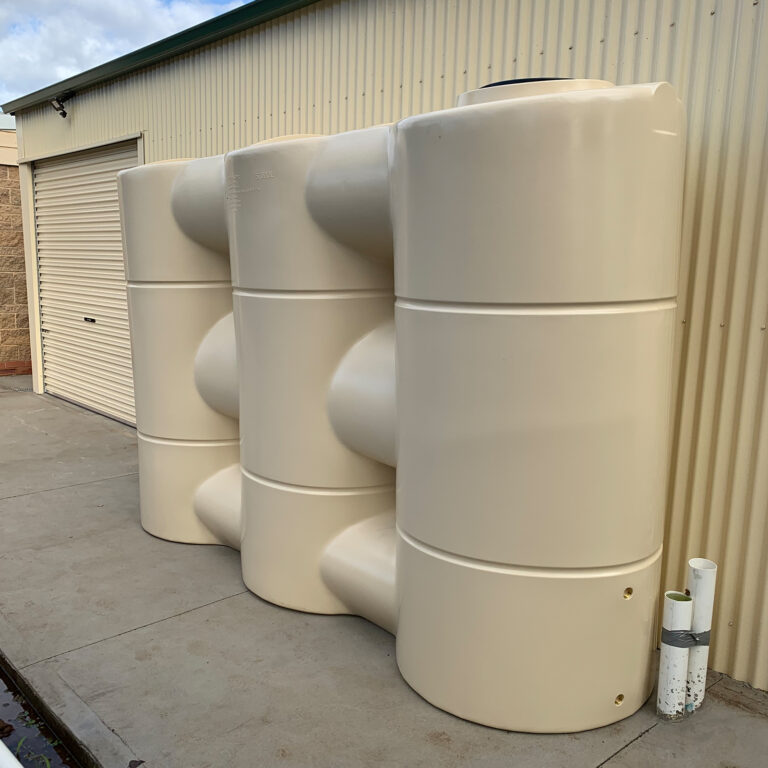Ideal Slimline Water Tanks: Sturdy and Compact Water Storage Space Options
Ideal Slimline Water Tanks: Sturdy and Compact Water Storage Space Options
Blog Article
Discovering the Various Usages of Rainwater Tanks for Residential and Commercial Qualities
As the international concentrate on sustainable living methods remains to heighten, the utilization of rain containers in both domestic and business setups has actually become an essential remedy. These containers provide a storage tank for rainwater harvesting, offering a myriad of prospective applications that extend far past mere storage. From watering to commode flushing and landscaping, the adaptability of rain storage tanks is large. In addition, their combination into commercial buildings opens a world of opportunities for environmentally mindful services. The diverse usages of rain containers provide an engaging case for their adoption, not just as a sensible water-saving step yet additionally as a testament to accountable resource management.
Benefits of Utilizing Rain Tanks
Utilizing rain storage tanks uses numerous advantages for both houses and areas in regards to water conservation and sustainability. One of the crucial advantages of making use of rainwater tanks is the substantial decrease in reliance on keys water system - Slimline water tanks. By capturing and storing rain for later usage, individuals and areas can reduce their need for cured water, inevitably reducing the burden on water treatment centers and decreasing energy consumption related to water transport and therapy
In addition, rainwater harvesting through tanks gives a reputable alternate water resource during times of water restrictions or lacks. This saved rain can be utilized for different non-potable purposes such as irrigation, purging bathrooms, and washing clothes, decreasing the pressure on conventional water sources. Furthermore, utilizing rain storage tanks can result in cost savings for both homes and neighborhoods by decreasing water bills and reducing the demand for costly infrastructure developments to fulfill expanding water needs.
Fundamentally, the use of rain containers supplies a sustainable and eco-friendly method to water management, profiting both individual users and the wider neighborhood in terms of water conservation, cost-efficiency, and resilience.
Rain Storage Tank Usage in Watering
Offered the benefits of rain tanks in conserving water resources and minimizing dependence on mains water supply, a considerable application depends on making use of kept rain for irrigation functions - Slimline water tanks. Rainwater harvesting systems can efficiently collect and keep rainwater, giving a lasting water source for watering yards, lawns, and farming fields. By utilizing rain for watering, homeowner can decrease their dependence on treated water sources, resulting in cost savings and ecological benefits

One of the primary benefits of making use of rainwater for irrigation is its purity. Rainwater is naturally soft and devoid of the chemicals and ingredients often located in keys water, making it optimal for nourishing plants without the danger of harmful results. In addition, rainwater is at ambient temperature, which can profit plant development by preventing temperature shocks that can happen with cool keys water.
Rainwater Storage Tanks for Bathroom Flushing

Carrying out rain tanks for commode visit this website flushing is an affordable and eco-friendly practice that can be conveniently integrated into both property and business homes. The saved rain can be made use of to purge bathrooms by connecting the container to the existing pipes system. This simple yet reliable option can substantially lower water usage in a structure, particularly in locations where water scarcity is an issue.

Integrating Rainwater Tanks in Landscaping
These containers can capture and save rainwater overflow from roofing systems, which can after that be used for watering yards, grass, and plants. By making use of rain for irrigation purposes, home proprietors can minimize their reliance on municipal water resources, leading to cost financial savings and conservation of valuable water sources.
In addition to giving a lasting water source for landscaping requirements, rain tanks can additionally aid in managing stormwater runoff. By catching rain that would otherwise stream into storm drains, these containers can reduce disintegration, lower flooding threats, and stop air pollution of all-natural water bodies. Integrating rain storage tanks in landscape design can contribute to the total aesthetic charm of the residential or commercial view it now property, showcasing a commitment to ecological stewardship.
Commercial Applications of Rain Tanks
Making use of rainwater storage tanks in business settings uses a lasting remedy for water administration and preservation, profiting services and the atmosphere alike. Business applications of rainwater tanks vary and increasingly popular as a result of the cost savings and ecological benefits they supply. One essential industrial usage is for watering objectives, where harvested rainwater can be utilized to water landscape design, yards, and agricultural fields surrounding commercial buildings. This can cause significant decreases in water expenses and reliance on local water resources.
In addition, rainwater gathered in storage tanks can be dealt with and used for non-potable functions within business homes, such as flushing commodes, cleansing, and cooling systems. In general, the consolidation of rain tanks in industrial setups offers a practical and ecologically accountable technique to water monitoring.
Conclusion
From irrigation to commode flushing and landscaping, the usage of rain containers can aid save water resources and reduce water costs. On the whole, the flexibility and sustainability of rain storage tanks make them an important investment for any kind of building proprietor looking to enhance water efficiency.
Report this page